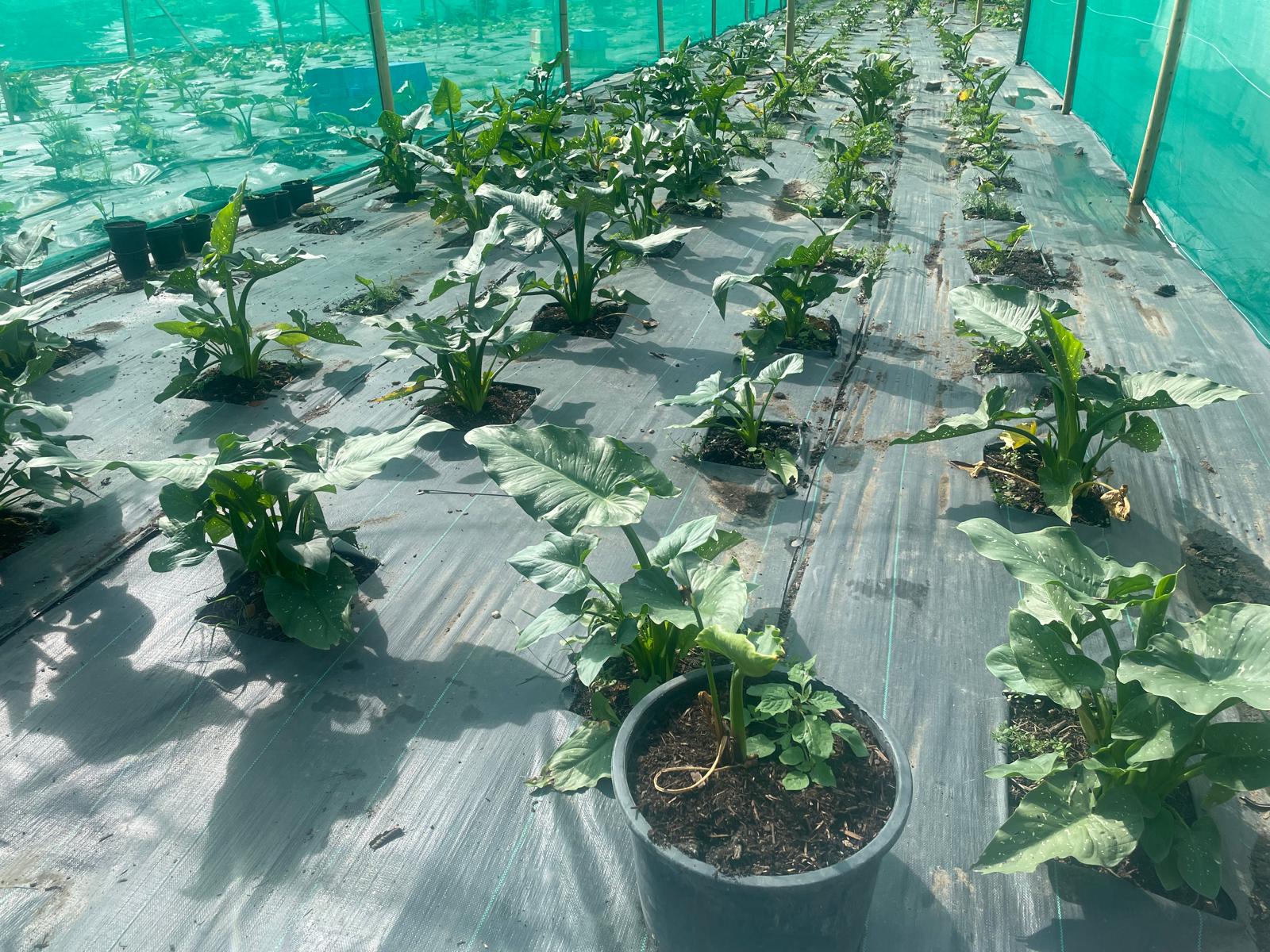Your cart is currently empty!
Cow Lily: A Comprehensive Guide to the Aquatic Marvel

Introduction
The cow lily, also known as the water lily, is an iconic aquatic plant that adds a touch of tranquility and elegance to water gardens and natural water bodies. With its large, showy flowers and lush floating pads, the cow lily is a sight to behold. In this comprehensive guide, we will delve into the captivating world of cow lilies, exploring their characteristics, varieties, cultivation, and uses.
Characteristics of Cow Lilies
- Leaves: Cow lilies possess round or oval-shaped leaves that float on the water’s surface. These leaves are large, with diameters ranging from 6 inches to over 2 feet.
- Flowers: The most striking feature of cow lilies is their showy flowers. These flowers come in a wide range of colors, including white, yellow, pink, red, and purple. They are typically large, with diameters ranging from 4 inches to over 12 inches.
- Roots: Cow lilies have extensive root systems that anchor them to the bottom of the water body. These roots also absorb nutrients from the water and help support the plant’s growth.
Varieties of Cow Lilies
There are numerous varieties of cow lilies, each with its own unique characteristics. Some of the most popular varieties include:
- Nymphaea alba: This is the classic white water lily, with large, fragrant flowers and round leaves.
- Nymphaea colorata: This variety features stunning pink flowers and heart-shaped leaves.
- Nymphaea odorata: Also known as the fragrant water lily, this variety produces white or pink flowers with a sweet scent.
- Nymphaea rubra: This vibrant variety boasts red or purple flowers and round leaves.
Cultivation of Cow Lilies
Cow lilies are relatively easy to cultivate, making them a popular choice for water gardeners. Here are some tips for successful cultivation:
Water Depth:
- Cow lilies prefer water depths of 6 inches to 3 feet.
Sunlight:
- They require full sun to partial shade (at least 6 hours of direct sunlight per day).
Soil:
- Cow lilies thrive in rich, loamy soil that is high in organic matter.
Planting:
- Plant cow lilies in containers or directly in the soil at the bottom of the water body.
- For container planting, use a large pot with drainage holes.
Fertilization:
- Fertilize cow lilies regularly with a balanced fertilizer.
Uses of Cow Lilies
In addition to their ornamental value, cow lilies have several practical uses:
- Water Filtration: Cow lilies help purify water by absorbing nutrients and pollutants.
- Habitat for Wildlife: Cow lilies provide shelter and food for a variety of aquatic creatures, such as frogs, insects, and fish.
- Erosion Control: The extensive root systems of cow lilies help stabilize soil and prevent erosion.
- Traditional Medicine: In some cultures, cow lilies have been used in traditional medicine to treat conditions such as fever and skin infections.
Conclusion
Cow lilies are captivating aquatic plants that bring beauty, functionality, and ecological benefits to water bodies. By understanding their characteristics, varieties, cultivation requirements, and uses, you can successfully incorporate cow lilies into your water garden or natural aquatic environment. Whether you are a seasoned water gardener or a nature enthusiast, the cow lily is an iconic plant that will add a touch of enchantment to your waterside paradise.
Our Shop
-
Crowborough — Zantedeschia aethiopica ‘Crowborough’
-
Green Goddess — Zantedeschia ‘Green Goddess’
-
Hercules — Zantedeschia aethiopica ‘Hercules’
-
Highveld — Zantedeschia ‘Highveld’
-
Odorata — Zantedeschia odorata
-
Pink Flamingo — Zantedeschia ‘Pink Flamingo’
-
Pink Mist — Zantedeschia ‘Pink Mist’
-
White Giant — Zantedeschia aethiopica ‘White Giant’










Leave a Reply